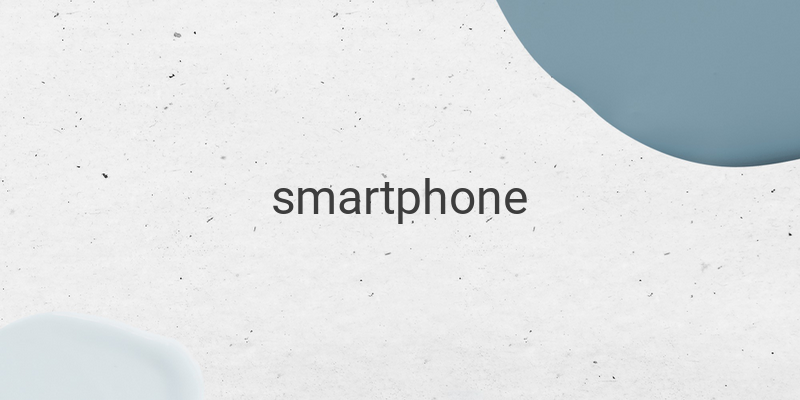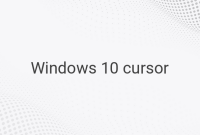Buying a new smartphone in today’s digital age is not an easy task. A lot of factors need to be considered to ensure that the device meets our expectations. From screen size to operating systems to camera quality and battery life, everything needs to be taken into account to avoid future regrets. In this article, we will discuss important factors to consider before purchasing a smartphone.
Operating System
Since the failure of BlackBerry, there are only three best operating systems used by smartphones, namely Android, iOS, and Windows Phone. Here are some of the advantages and disadvantages of each operating system:
Android
Android is the most widely used operating system today. One of its advantages is the variety of smartphones to choose from, ranging from international brands such as Samsung, Sony, HTC, LG, Motorola to local brands such as Advan, Smartfren, Mito, and others. Additionally, there are over a million apps and games available in Google Play Store. Unfortunately, the diversity of smartphones sometimes brings compatibility problems, as some apps only support certain phones. Another disadvantage is that some popular apps and games are often released on iOS first before they are available on Android.
iOS/iPhone
iOS is Apple’s operating system, known for its beautiful and user-friendly interface. It also offers a wide range of best-quality apps and games available today. However, compared to Android, most of the apps and games on iOS are more expensive.
Windows Phone
Despite initial doubts, Windows Phone is slowly winning over consumers through its Nokia Lumia series. The operating system has a customizable Live Tile interface and is directly integrated with Xbox games, videos, and music, as well as Office and Outlook applications. However, there are still limited apps and games available, with Windows Phone having only a fifth of the total number of apps compared to Android and iOS.
Screen Size
Another crucial factor to consider when buying a smartphone is its screen size. Generally, smartphones today are divided into two groups: those with screens under 5 inches and those above 5 inches, commonly known as phablets. Most flagship smartphones nowadays come with screens above 5 inches, although some still feature smaller screens like the iPhone 5s and the Xperia Z1 Compact.
In conclusion, considering these factors can help you make an informed decision when purchasing a smartphone. Be sure to choose an operating system that suits your preference and requirements, and select a screen size that provides optimal viewing experience. With the right choice, your smartphone can serve as your daily companion, allowing you to enjoy the benefits of modern technology.




